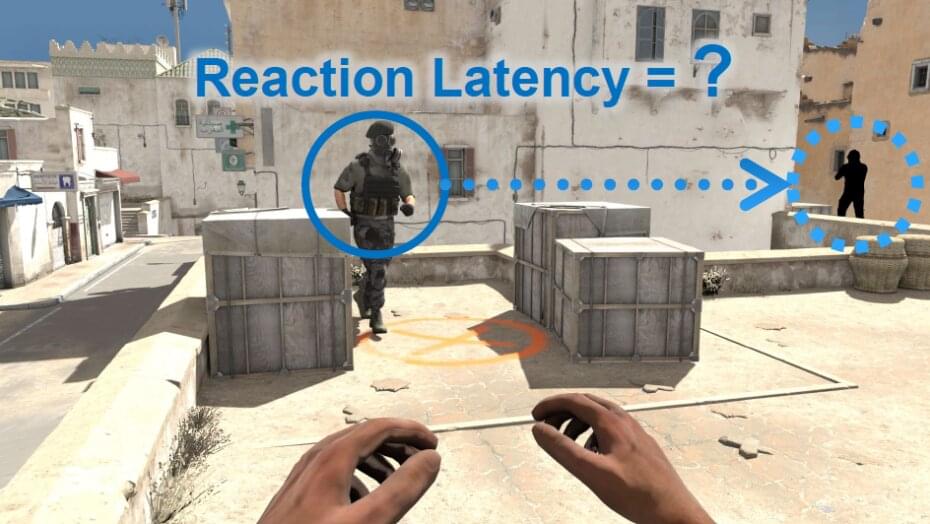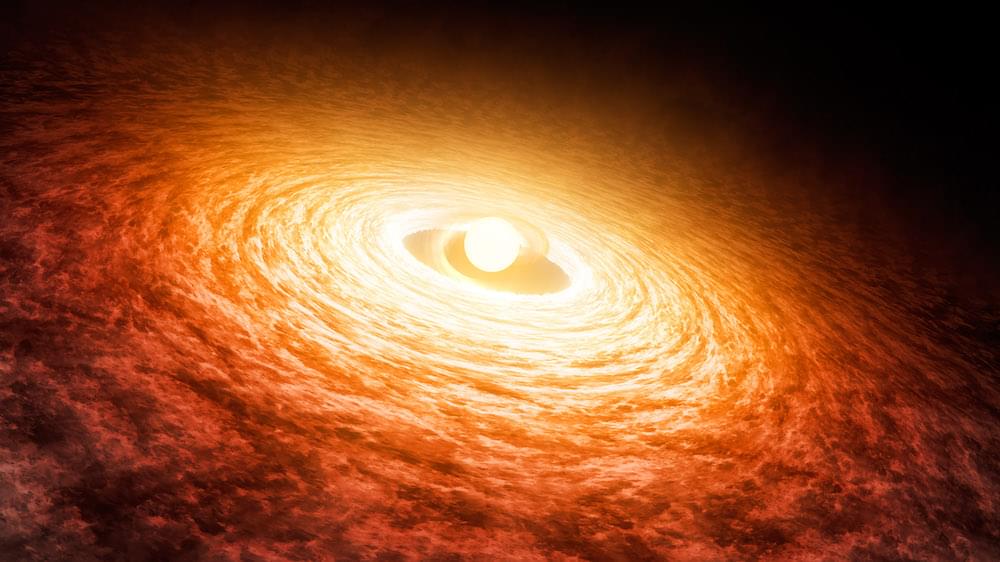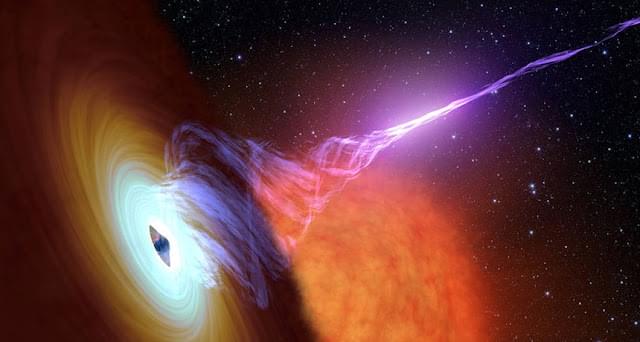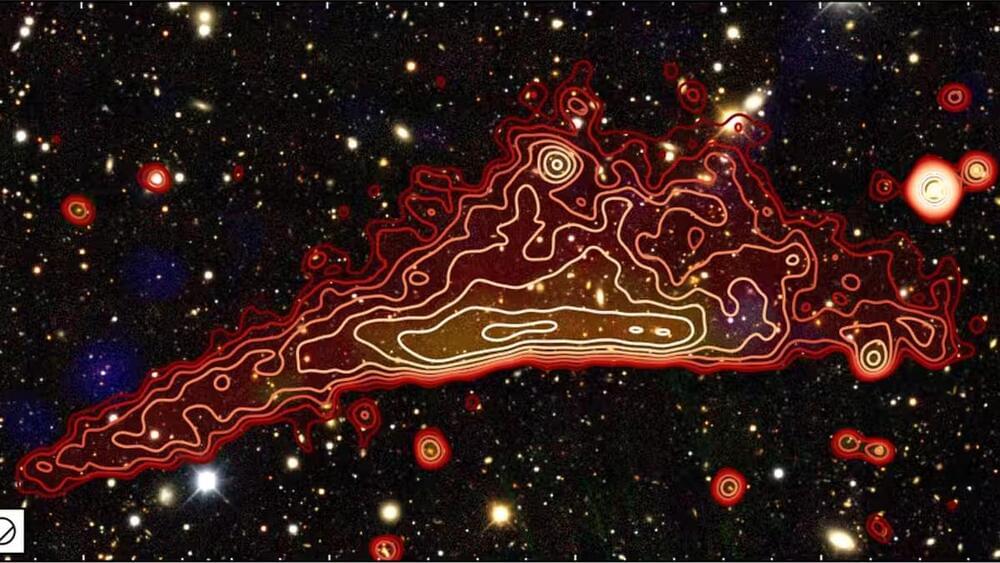God’s actual programming language. Contribute to elonlit/Genesis development by creating an account on GitHub.



Typically, the key goal of electronics engineers is to develop components and devices that are durable and can operate for long periods of time without being damaged. Such devices require resistant materials, which ultimately contribute to the accumulation of electronic waste on our planet.
Researchers at Northwestern University and the University of Illinois have been conducting research focusing on an entirely different type of electromechanical system (MEMS): those based on so-called “transient materials.” Transient materials are materials that can dissolve, resorb, disintegrate or physically disappear in other ways at programmed and specific times.
Their most recent paper, published in Nature Electronics, introduces new MEMS based on fully water-soluble materials that could dissolve in their surrounding environment after set periods of time. In the future, these materials could help to decrease the amount of electronic waste, enabling the development of some electronic devices that spontaneously disappear when they are no longer needed.
A team of researchers at the Chinese Academy of Sciences, has developed an artificial finger that was able to identify certain surface materials with 90% accuracy. In their paper published in the journal Science Advances, the group describes how they used triboelectric sensors to give their test finger an ability to gain a sense of touch.
Prior research has led to the development of robotic fingers that have the ability to recognize certain attributes of certain surfaces, such as pressure or temperature—the team with this new effort, have taken such efforts further by adding the ability to identify a material that is being touched.
The finger was created by applying small square sensors to the tip of a finger-shaped object. Each of the squares was made of a different kind of plastic polymer, each chosen because of their unique electrical properties. When such sensors are moved close to an object, such as a flat surface, electrons from the sensors interact with the materials in unique ways.

In recent years, material scientists have designed a wide range of innovative materials that could be used to create new technologies, including soft robots, controllers and smart textiles. These materials include artificial muscles, structures that resemble biological muscles in shape and that could improve the movements of robots or enable the creation of clothing that adapts to different environmental conditions.
As part of an ongoing project focused on textile-based soft actuators, a team of researchers at Jiangnan University in China recently developed new artificial muscles based on free-standing, single-helical woolen yarn. Their artificial muscles, introduced in a paper published in Smart Materials and Structures, could be used to easily and affordably produce twisted actuators that can detect and respond to humidity in their environment.
“We are trying to design flexible and versatile actuators by leveraging the hierarchical structure design of textiles, ranging from microscales (e.g., molecular chains and aggregation structures) to macroscales (e.g., fiber morphology and textile architectures),” Fengxin Sun, one of the researchers who carried out the study, told Tech Xplore. “Realizing a yarn-based artificial muscle with free-standing and single-helical architecture via eco-friendly and easy-fabrication manufacturing process is still challenging.”

It’s an everyday scenario: you’re driving down the highway when out of the corner of your eye you spot a car merging into your lane without signaling. How fast can your eyes react to that visual stimulus? Would it make a difference if the offending car were blue instead of green? And if the color green shortened that split-second period between the initial appearance of the stimulus and when the eye began moving towards it (known to scientists as the saccade), could drivers benefit from an augmented reality overlay that made every merging vehicle green?
Qi Sun, a joint professor in Tandon’s Department of Computer Science and Engineering and the Center for Urban Science and Progress (CUSP), is collaborating with neuroscientists to find out.
He and his Ph.D. student Budmonde Duinkharjav—along with colleagues from Princeton, the University of North Carolina, and NVIDIA Research—recently authored the paper “Image Features Influence Reaction Time: A Learned Probabilistic Perceptual Model for Saccade Latency,” presenting a model that can be used to predict temporal gaze behavior, particularly saccadic latency, as a function of the statistics of a displayed image. Inspired by neuroscience, the model could ultimately have great implications for highway safety, telemedicine, e-sports, and in any other arena in which AR and VR are leveraged.


To form a celestial object, start with a gas cloud and add gravity. Then, it gets complicated.
Accretion is one of the most fundamental processes in the cosmos. It is a universal phenomenon triggered by gravity, and the process by which bits of matter accumulate and coalesce with more bits of matter. It works inexorably on all scales to attract and affix smaller things to bigger things, from the tiniest dust grains to supermassive black holes.
Accretion creates everything there is: galaxies, stars, planets, and eventually, us. It is the reason the universe is filled with a whole bunch of somethings instead of a whole lot of nothing.
The fact that matter tends to glom together may seem intuitive. But to scientists, accretion remains a mysterious topic, filled with unanswered questions.

Science, Technology, Health, Physics, Chemistry stay Updated.
Scientists from The Australian National University (ANU) and James Cook University (JCU) have identified an “exquisite” natural mechanism that helps plants limit their water loss with little effect on carbon dioxide (CO2) intake—an essential process for photosynthesis, plant growth and crop yield.

Check out the size of these awesome orbital rings!
Filmmaker Hashem Al-Ghaili has created a micro-budget sci-fi film with amazing visual effects and megastructures in ‘Orbital.’